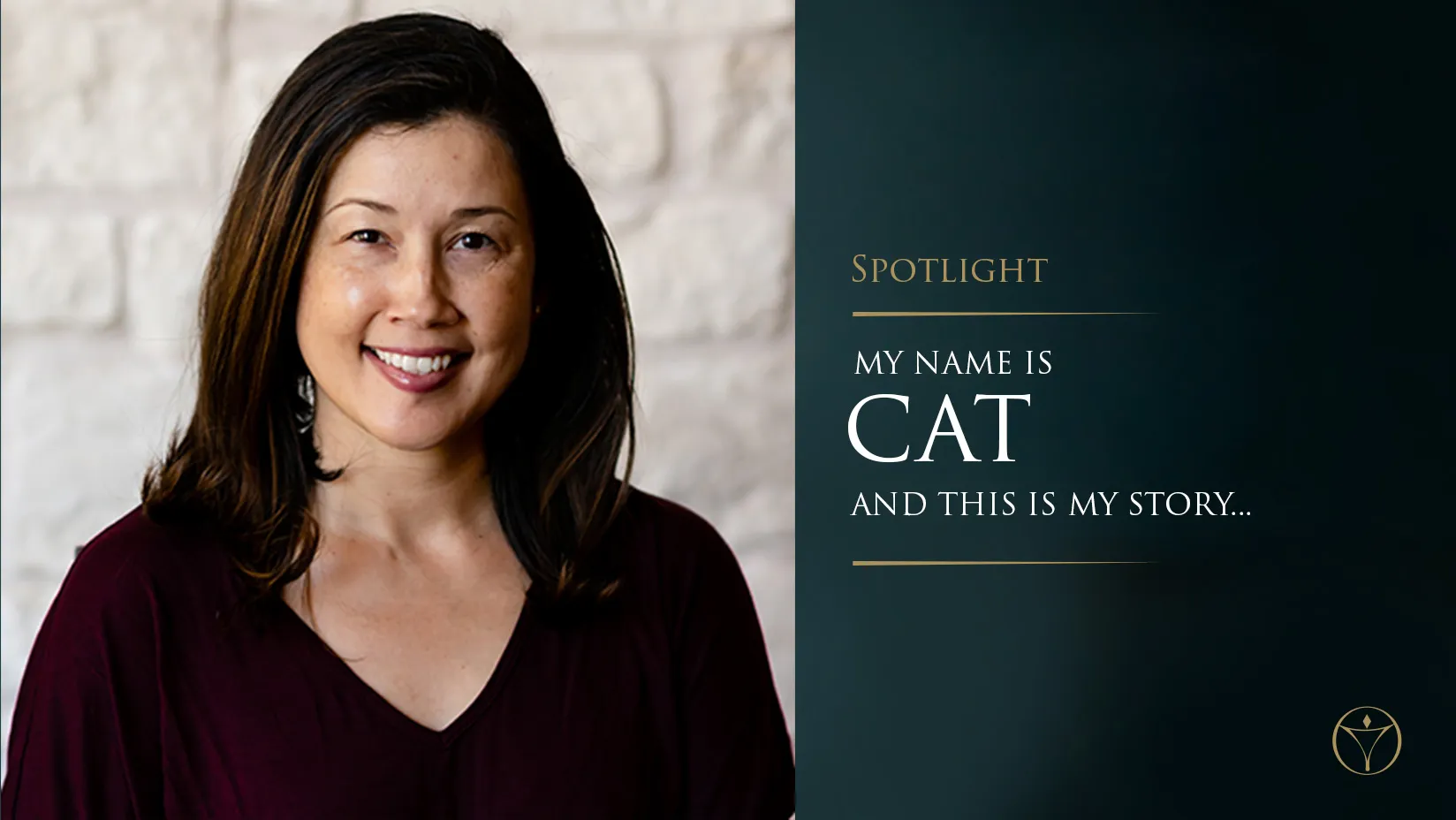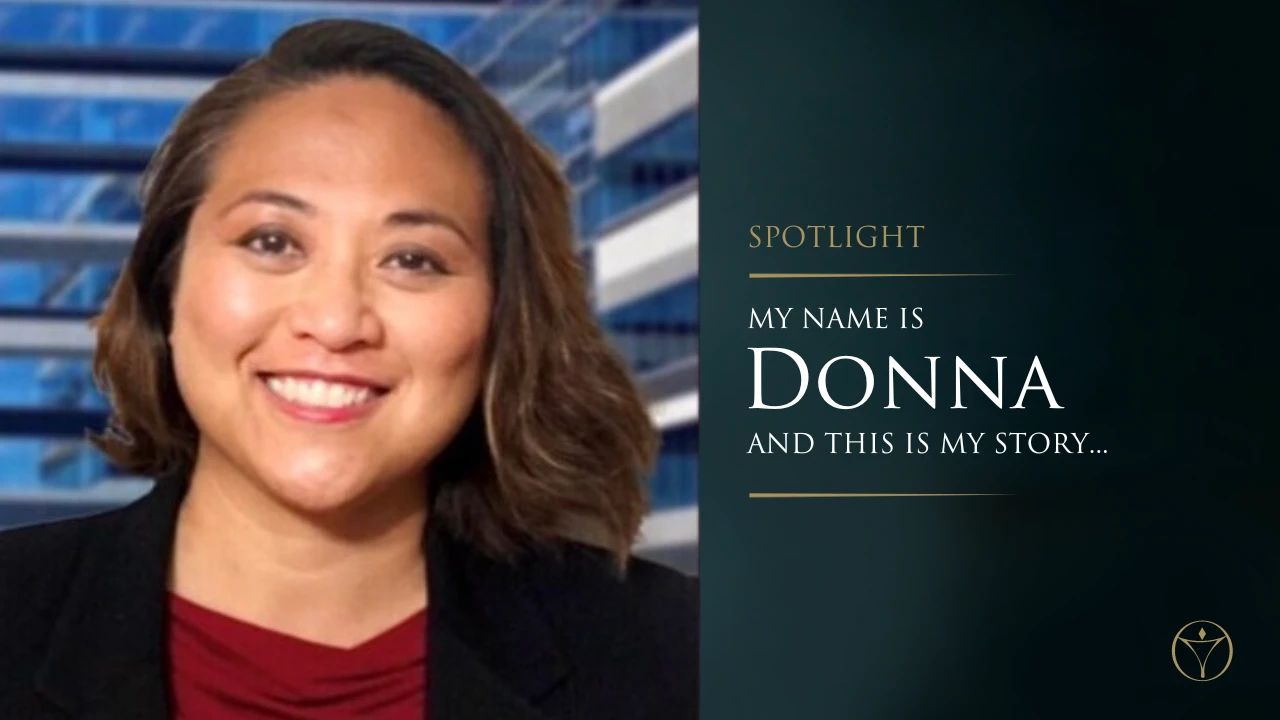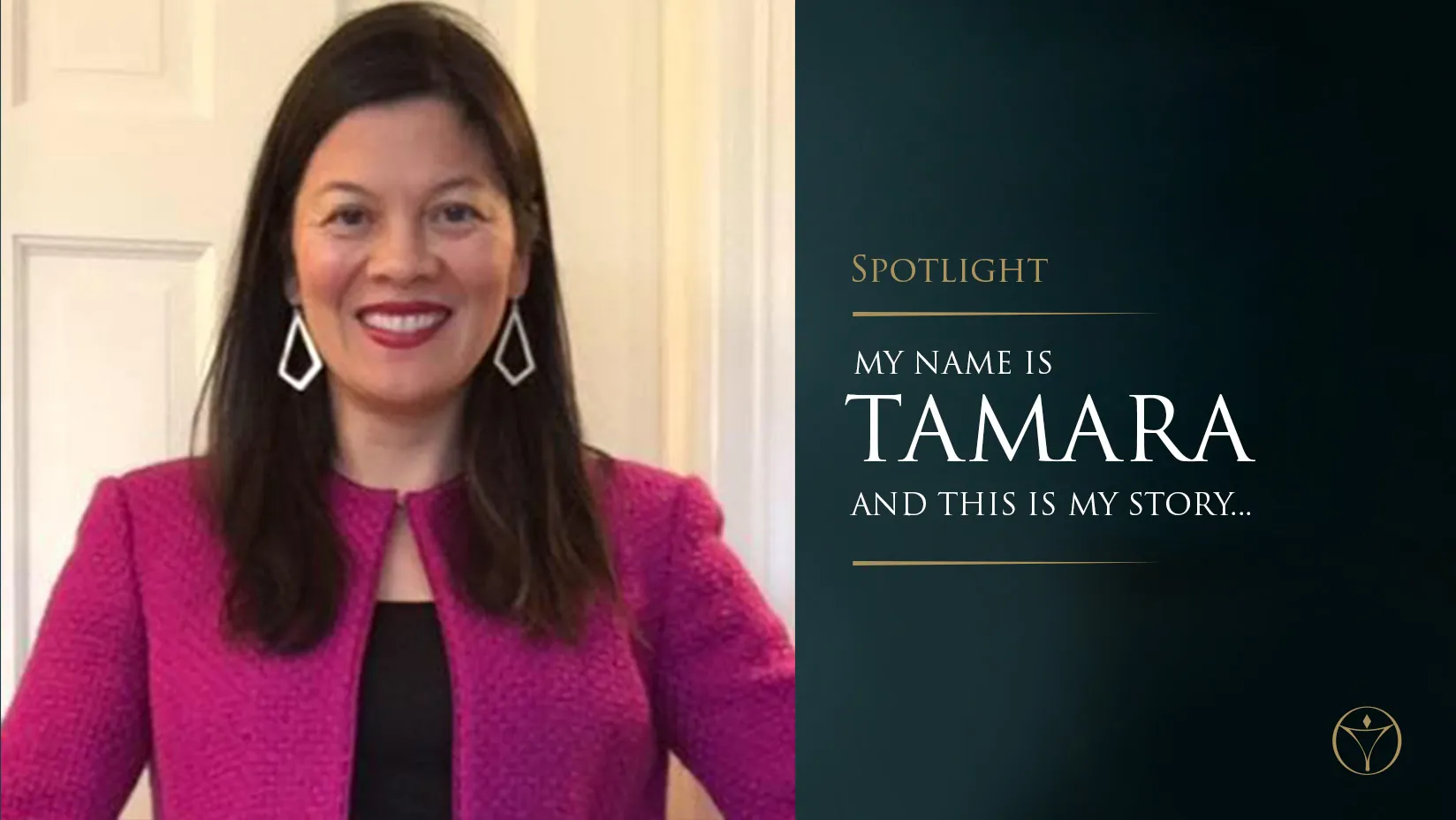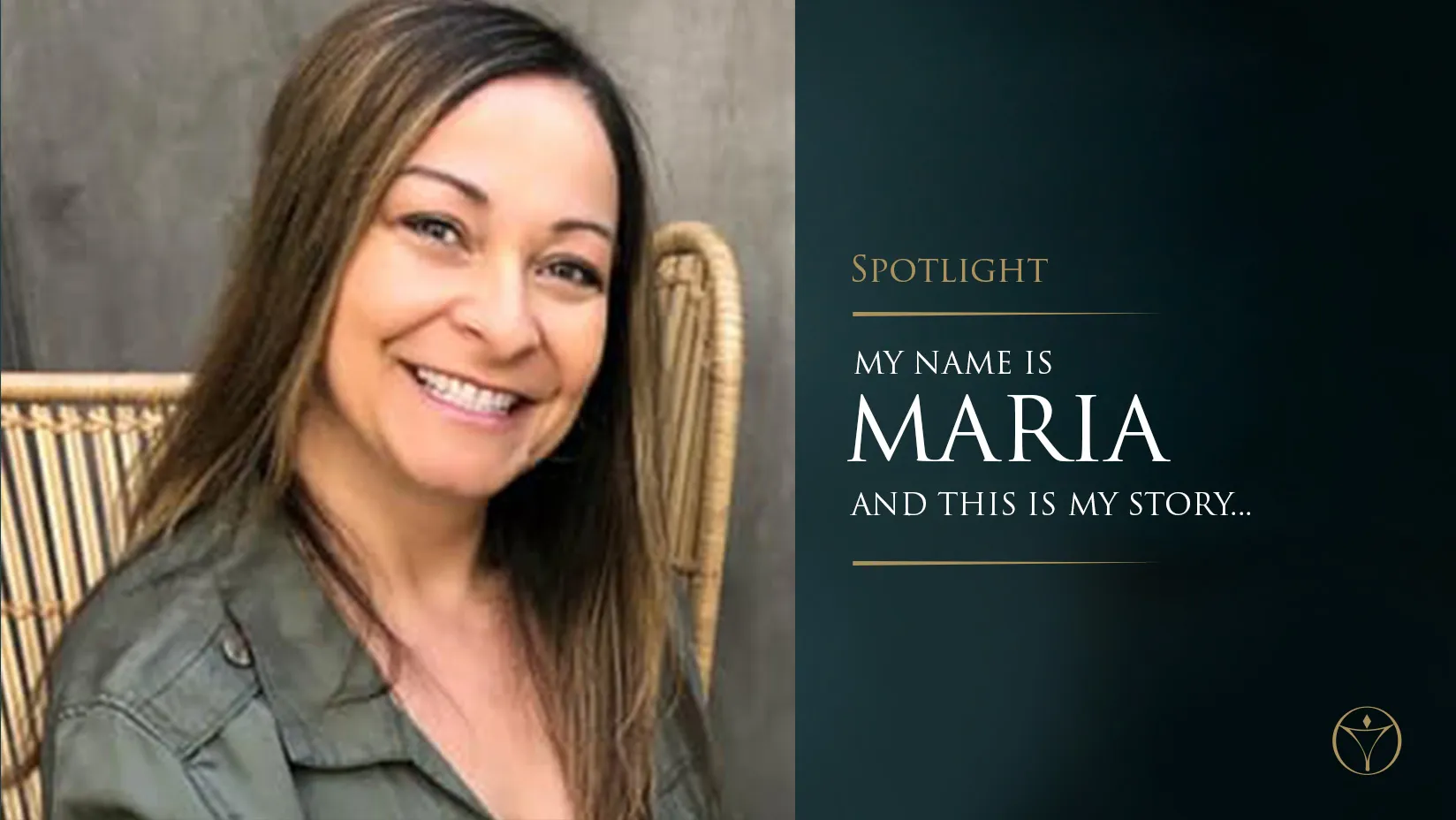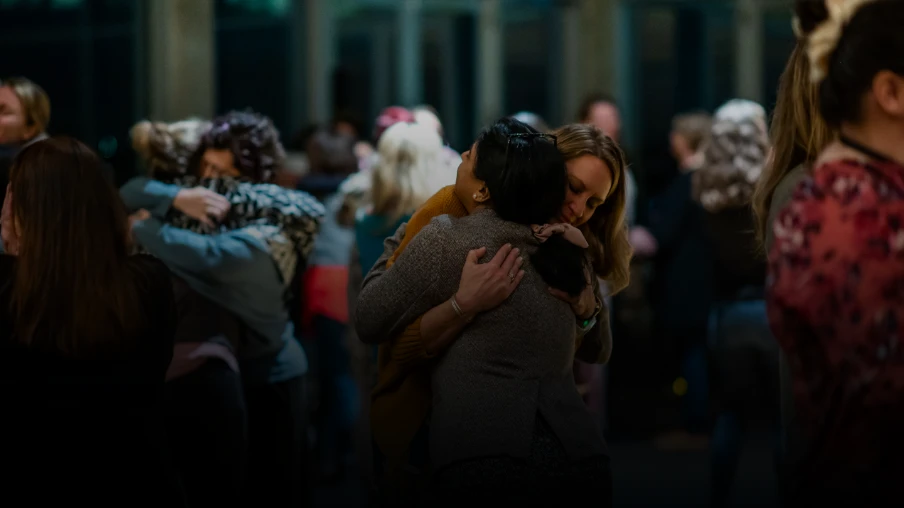MY NAME IS
Cat
AND THIS IS MY STORY…
Architect and Artist
This program helped me more freely and confidently use my voice versus being afraid of it. It helped me realize how I didn’t use my voice within my marriage, certain friendships, and at work, and it gave me tools to communicate effectively and that I’m not responsible for others’ reactions to what I say.
CHALLENGES
The pressure Cat felt had her bursting at the seams. New to motherhood, she was juggling sleep deprivation, anxiety, and the end of her maternity leave, in addition to a house purchase and remodel, all while balancing the responsibility of being the household breadwinner.
“I was feeling like I couldn’t be the truthspeaker. When we got married and pregnant, we were in a different dynamic than many couples where I was the breadwinner,” says Cat. “That alone leads to stress, and you add a baby to the mix and top it off with the pandemic—I was stressed out and felt like I was doing everything.”
She stayed quiet, which she learned from her parents, and her inner critic grew louder: “You can’t fail. You can’t complain. You can’t speak up. You have to survive.”
“I was raised by an immigrant mother from Vietnam who came to the U.S. during the Vietnam war with my big brother who was two at the time. I was conditioned to believe at a young age I had to do everything myself and couldn’t rely on anyone, especially my partner. Growing up with meager means drove me to do well. I had to strive, strive, strive…always to the next thing. That’s what my mother did. Her mentality wasn’t abundance—it was survival, not to thrive.”
So Cat kept on that way for a while, motioning through the cycles of burnout.
“But that would lead me to burning my candle on both ends. If I didn’t feel like I was putting 110 percent into everything, I wasn’t doing enough. I was completely burnt out and exhausted, and it was an endless cycle,” she says. “My body would pay for it—I’d get sick, cold sores, and stomach issues.”
And one rainy day, she hit her breaking point over not having milk in the house. Her mind raced to: “‘I’m going to have to get my very pregnant butt out of the house and get this milk that should always be in the house. Do I have to do everything?’ I cried the whole walk to the store and called my best friend who said, ‘You’re just not holding him accountable.’ I remember thinking: ‘I don’t know how to speak to him in a way that won’t break him or emasculate him. These are the facts, but how do I communicate how I’m feeling to him?’”
Cat felt self-conscious about speaking up, especially when it came to finances. She couldn’t ask for help—she didn’t know how.
“I felt like I didn’t have a way to communicate that or the courage to. Fear was there. I thought I would break him or he couldn’t handle it,” says Cat.
“I remember my therapist telling me, ‘You need to be able to communicate, or you will divide yourself by having what you hold back versus what you say.’”
Burning her candle at both ends, she felt relieved to come across our program.
“When I saw Julie’s Facebook ad, I thought: ‘That’s me.’ I was at a breaking point where I knew I needed to do things differently, but I didn’t know how. Being in touch with my feelings and communicating them has always been a challenge.”
Cat desired to find her voice in her marriage and at work and to be the best version of herself. She wanted to build a happy and vibrant life that empowered her to be more patient, present, engaged, and connected with her family.
She wanted to be the light-hearted, fun, smiley mother and wife she knew she was deep down without the weight of the world on her shoulders.
RESULTS
Cat credits this program’s container for deep self-exploration into limiting beliefs, cultural and familial expectations, and triggers with helping her find and use her voice and redefine how she wants to show up in her relationships.
“This program helped me more freely and confidently use my voice versus being afraid of it. It helped me realize how I didn’t use my voice within my marriage, certain friendships, and at work, and it gave me tools to communicate effectively and that I’m not responsible for others’ reactions to what I say.”
“The program helped me see more behaviors that were not serving me and be freer in my relationship” she says.
For Cat, her growth started on her first group coaching call when she asked Julie how to communicate the enormous pressure she was under with her husband during the pandemic.
“I told her, ‘I’m feeling really stressed because of the financial burden that’s being placed on me. His work stopped because of the pandemic. I don’t feel like I have a financial partner. He said he’d contribute X amount, and he isn’t, and that stresses me out.’ Julie said, ‘If you communicate what you’re feeling the way you’re telling us, he will be receptive.’
“She was right. While standing in line at a grocery store, I expressed my feelings, and he asked, ‘How long have you been feeling this way?’”
“I told him since I was pregnant, and he said, ‘That’s over a year ago. You should’ve told me sooner. We’re a partnership, so it’s not fair for you to wait this long for you to tell me this. We’re going to figure this out together.’ His supportive response made me feel confident to communicate anything with him.”
This was the start of Cat’s growing confidence in using her voice and becoming self-aware of when she was (and wasn’t) asking for help. She says the program modules and self assessments helped shine a light on exactly how much she was doing. As Julie says, “You can have it all. You just can’t do it all.”
“Often, I will just start doing whatever needs to be done and will pick up the slack versus asking, ‘Can you do that?’ With two kids now, I still reach my limits, but the difference is now I say to my husband, ‘I need you to put her to sleep because I can’t do this right now.’”
She also gained clarity about the root cause of her do-it-all belief system that stopped her from asking for help.
“I started to realize my hierarchy of beliefs is based on what my mother taught me: Do not rely on men, do not ask for help, do it all yourself…because that is how she had to operate. That’s how she had to survive,” says Cat. “Asian moms with an immigrant background have a similar mentality, which makes it difficult for daughters to break free.”
She adds: “I remember Coach Heather asking me what my definition of a good daughter was, and she asked, ‘Are you following yours or your mother’s?’ That really clicked. I was using hers. All you can do is say you are doing the best you can to be a good daughter in your own eyes. There were so many little things I was aware of, but it wasn’t until she worded it that specific way that it clicked, and I understood it better to make a bigger impact.”
Cat’s relationship with her mother has since improved, and she says she is less affected by “mom guilt.”
“Culturally, elders must always have the last word, but integrity is the highest thing I value, and I can’t be true to myself if I’m placating her,” she says.
Not only did Cat rediscover her voice in her personal life, but she’s also using it to fuel her passion and source of fulfillment outside of work, which is giving her more energy and helping her live the life she’s wanted. She says the program tools for prioritizing big rocks and fulfillment, creating a dreamwheel, owning your destiny, and goal-setting were a major catalyst to this clarity.
“I felt like I didn’t have a voice before the program. I needed to find it, and once I did, I became very vocal about inclusion and diversity at work. I had the courage to bring it up in a department meeting with 200 people and call them out on it,” says Cat, who earned a certificate through e-CornellI for inclusion and diversity to help her speak to leaders about how they can improve in this area.
“I discovered a passion of mine during the program where I feel strongly and passionately about diversity, equity, and inclusion work and am figuring out how to fit this in my life. I’m following the ‘sparkly breadcrumbs,’ as Julie says in the program,” she says.
In addition to her career as an architect, Cat has launched her dream oil painting business.
“When I paint, I don’t care what the outcome looks like because I love doing what I do. I wouldn’t have gotten to this place without the introspection I’ve done here and letting go,” she says.
“I learned you need to do things during the day that fill your cup and spark joy and remember in the moments that are really hard that you can always fall back on that to bring you joy. I feel like I might have gone into AYL for one thing—communicating with my husband—but I got so much more that touches all aspects of life. I’ve gotten so much more self-compassion.”
She adds: “The women burning themselves out are saying everything is fine, but then they get to the point of mental breakdown, and it took me getting to the end of my rope to look at Julie’s work and the program.”
OUTCOMES
- Launched her dream oil painting business that gives her fulfillment
- Found her voice, self-confidence, and self-compassion
- Improved relationships and honest communication with her husband and mother
- Improved self-awareness of triggers, how they started, and how to address them
